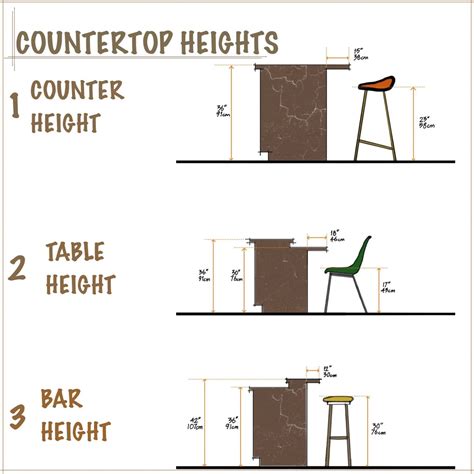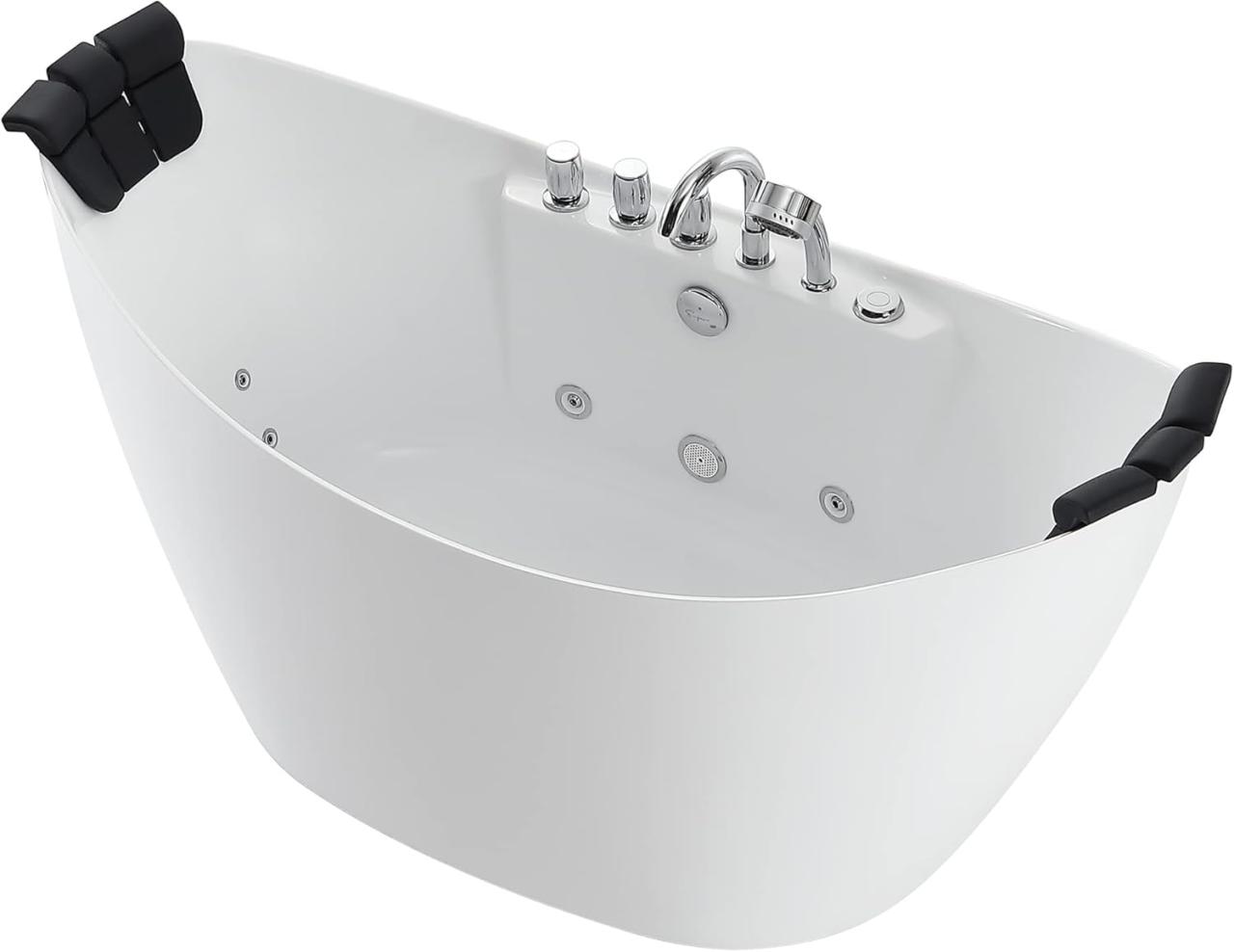Countertops are a vital component of kitchens and bathrooms, serving both functional and aesthetic purposes. The height of a countertop is an essential factor that can greatly influence comfort, usability, and overall design. This article delves into the standard dimensions of countertops, focusing specifically on their height, and offers insights into how to choose the right height for your needs.
The Importance of Countertop Height
Countertop height can affect everything from cooking efficiency to the ergonomics of daily tasks. Poorly chosen countertop heights can lead to discomfort and strain, especially for those who spend extended periods preparing food or engaging in other activities. Here are some reasons why countertop height matters:
- Ergonomics: The right height promotes better posture and reduces the risk of injury.
- Efficiency: Proper height allows for more efficient workflow in kitchens.
- Accessibility: Countertops need to accommodate users of varying heights and abilities.
- Aesthetic Balance: The height of countertops must complement other elements of the interior design.
Standard Countertop Height
The standard height for kitchen countertops in the United States is typically between 34 and 36 inches (86 to 91 centimeters) from the floor. However, this can vary based on several factors, including the type of countertop, the demographic of the users, and the overall design of the space.
Variations in Countertop Height
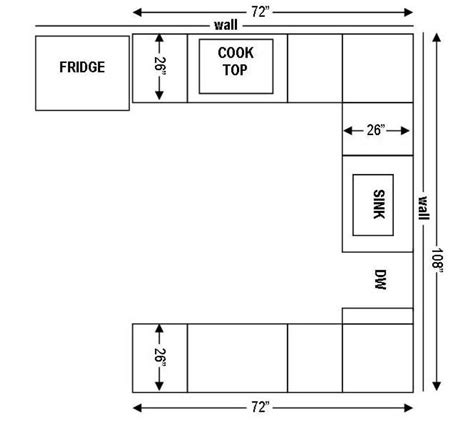
While 36 inches is a common standard, there are variations based on specific needs:
- Bar Height: Countertops designed for bar use are usually around 42 inches (107 centimeters) high.
- Kitchen Islands: The height can vary, but it is typically around 36 inches or slightly higher depending on the design.
- ADA Compliance: For accessible designs, countertops should be around 28 to 34 inches (71 to 86 centimeters) to accommodate wheelchair users.
Factors That Influence Countertop Height
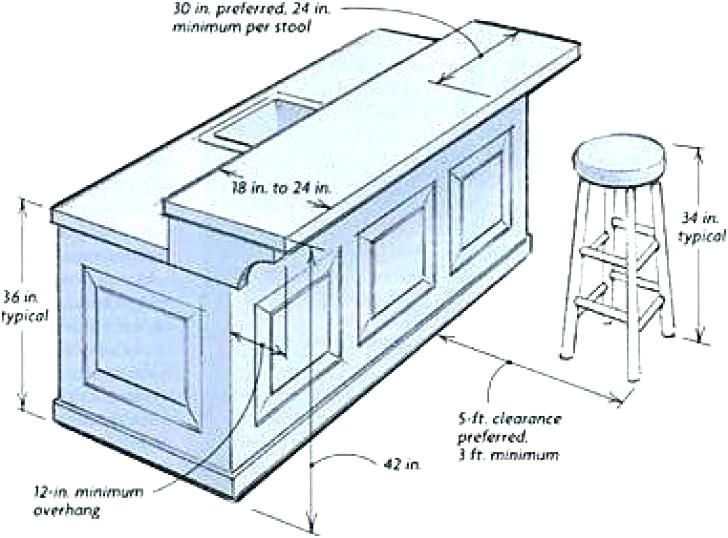
Several factors can influence the ideal countertop height for a given project:
User Height
One of the most significant factors to consider is the height of the primary users. A countertop height that works for an average-sized person (around 5’10”) may not be suitable for someone much shorter or taller. Here are some recommendations:
- Shorter Individuals: Consider lowering countertops to around 30 to 32 inches (76 to 81 centimeters).
- Taller Individuals: Countertops can be raised to about 38 to 40 inches (97 to 102 centimeters).
Task Specificity

The tasks performed at the countertop can also dictate the ideal height. For example:
- Food Preparation: A standard height of 36 inches is generally preferred for chopping and mixing.
- Baking: A slightly lower height may be beneficial for tasks like rolling dough.
- Washing Dishes: A height that allows for comfortable access to sinks is crucial.
Design Considerations
Design trends can also impact countertop height. Open floor plans and multi-level islands have become popular, leading to varying heights within the same space:
- Multi-Level Islands: These often feature a higher bar side (40 to 42 inches) and a lower prep side (36 inches).
- Open Concept Designs: A seamless flow between kitchen and living areas can influence the choice of countertop height for aesthetic balance.
Case Studies: Successful Countertop Height Implementations
To better understand how varying heights can work effectively in real-life scenarios, let’s look at a couple of case studies:
Case Study 1: A Family Kitchen
A family in suburban Chicago renovated their kitchen to improve functionality for both cooking and entertaining. They chose to install a multi-level island with:
- A prep height of 36 inches for cooking tasks.
- A bar height of 42 inches for casual dining and social gatherings.
This design effectively catered to the needs of all family members, enhancing comfort and usability.
Case Study 2: A Professional Chef’s Kitchen
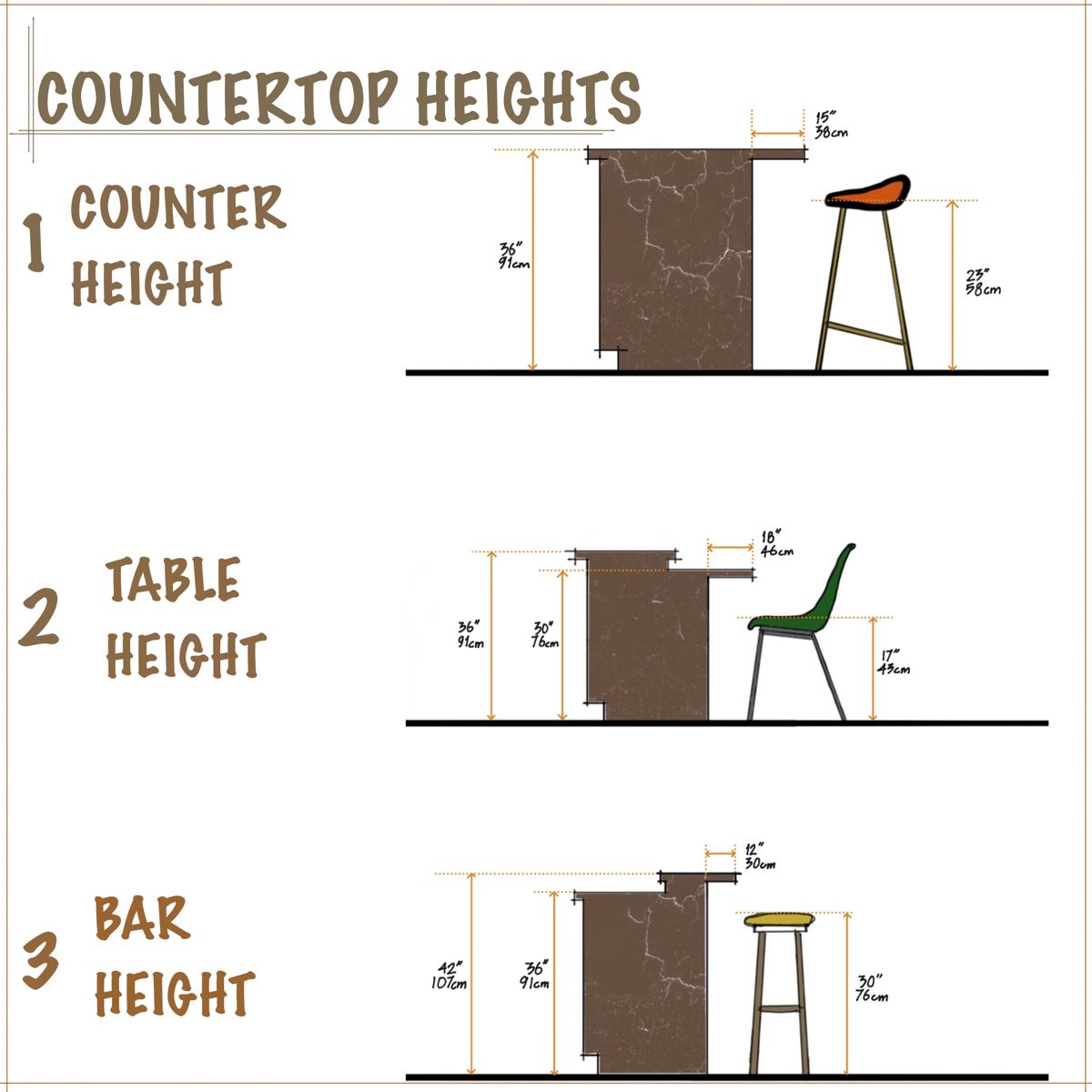
A professional chef designed a custom kitchen in a downtown loft. They opted for:
- A primary countertop height of 38 inches to accommodate their taller stature.
- Lowered sections at 34 inches for different baking tasks.
This tailored approach led to improved workflow and minimized physical strain during long cooking sessions.
Statistics on Countertop Height Preferences
Recent surveys indicate that nearly 60% of homeowners consider countertop height to be a crucial factor in kitchen renovations:
- 45% of respondents reported experiencing discomfort due to incorrect countertop height.
- 70% stated they would prefer adjustable height options for enhanced flexibility.
The height of countertops plays a pivotal role in kitchen and bathroom functionality, comfort, and overall design. While the standard height ranges from 34 to 36 inches, various factors such as user height, specific tasks, and design preferences may necessitate adjustments. By understanding these dimensions and considering individual needs, homeowners can create spaces that are not only visually appealing but also ergonomically sound.
Ultimately, the key takeaway is to prioritize comfort and usability when selecting countertop heights. Whether you’re renovating your kitchen, designing a new space, or simply seeking to improve your current setup, paying attention to countertop dimensions will significantly enhance your experience.
